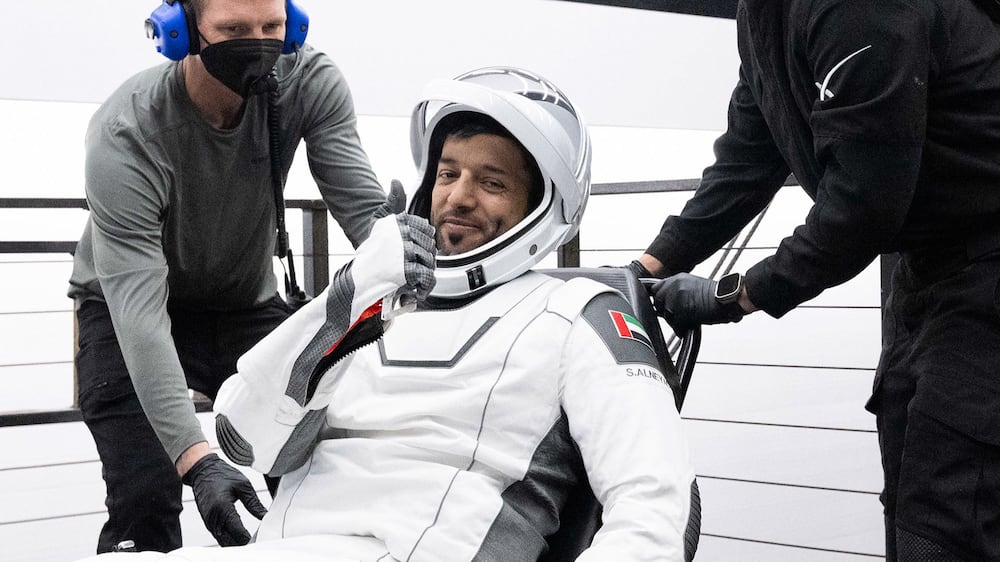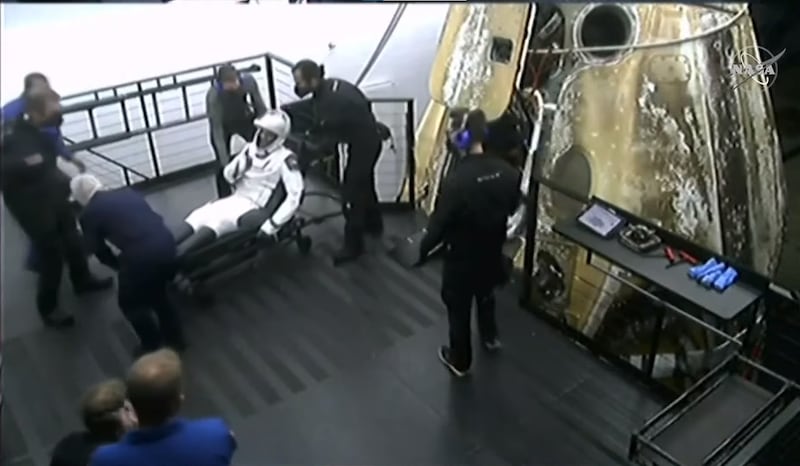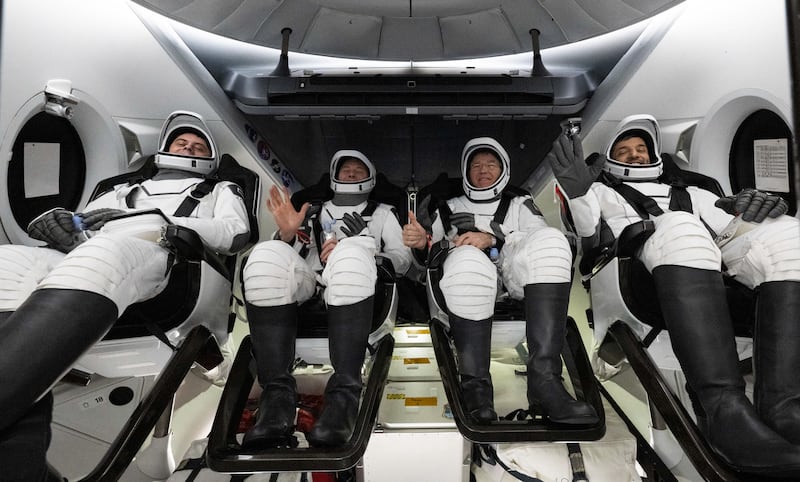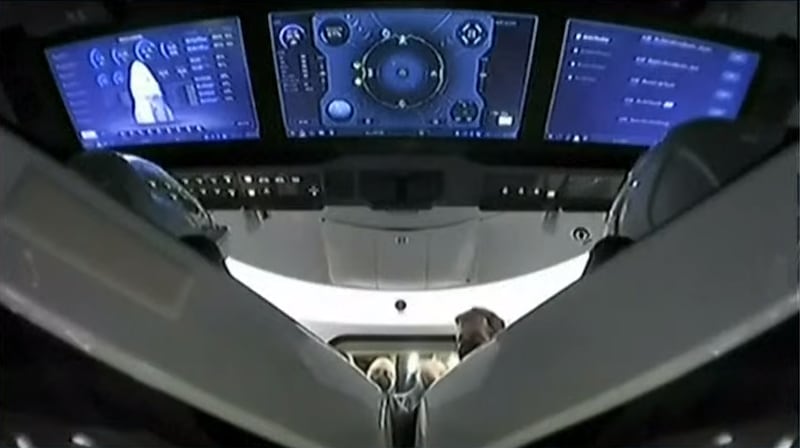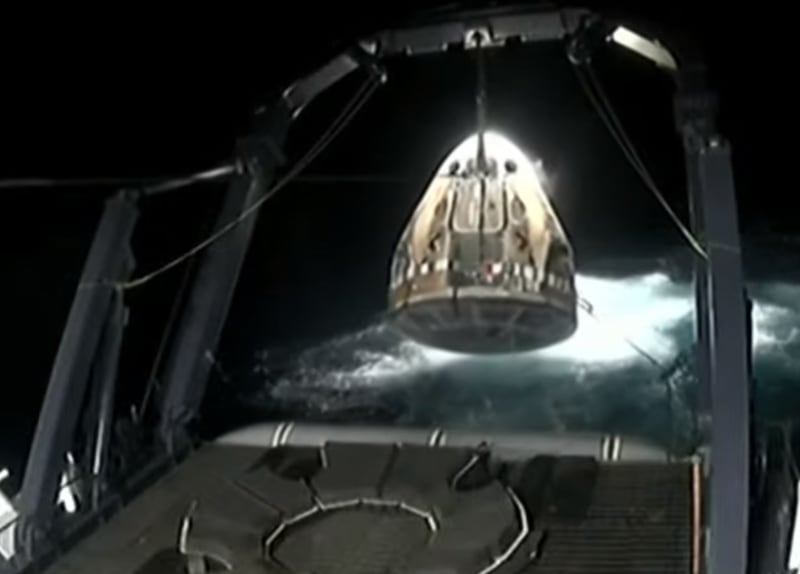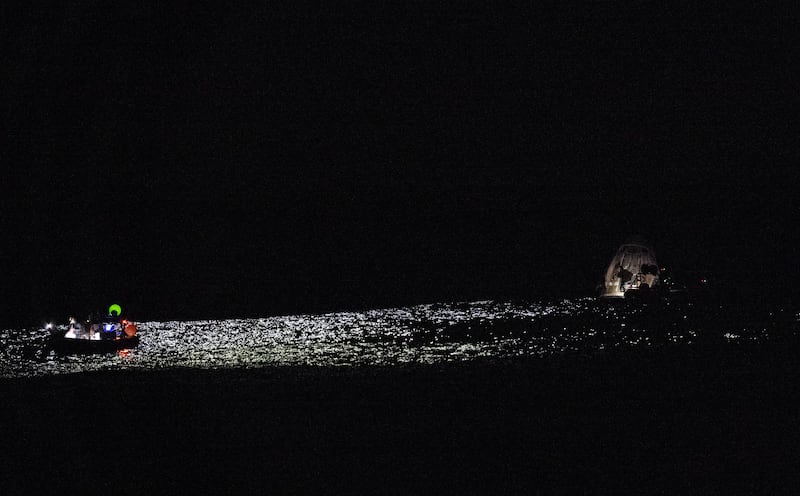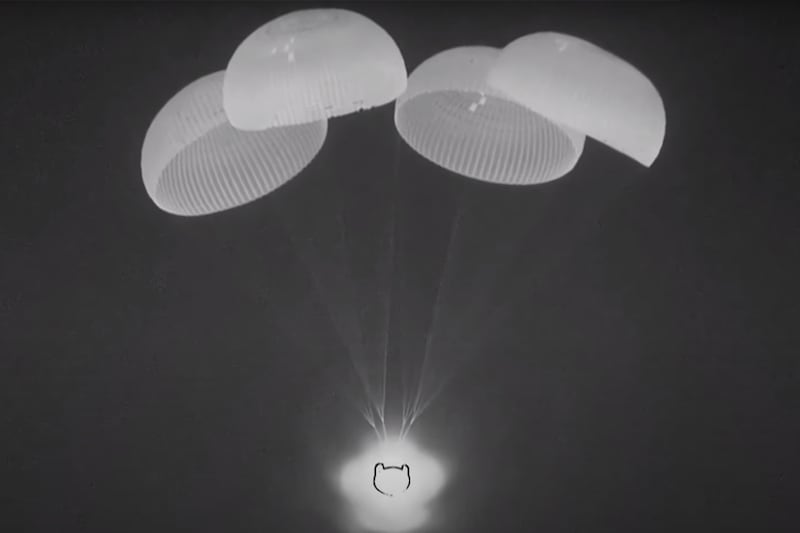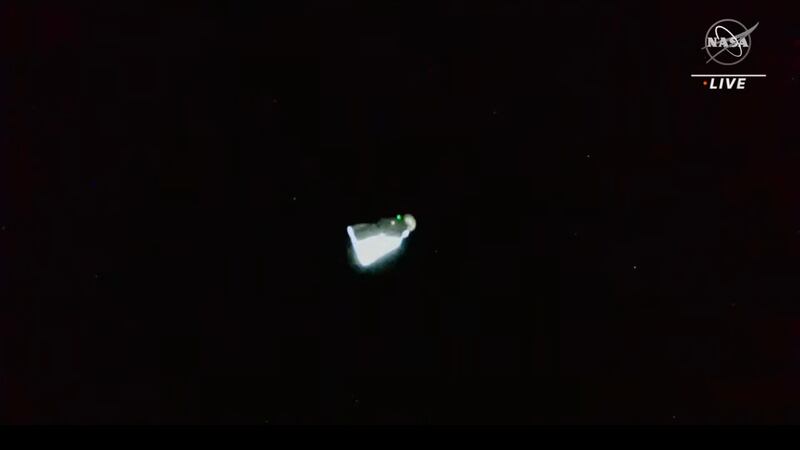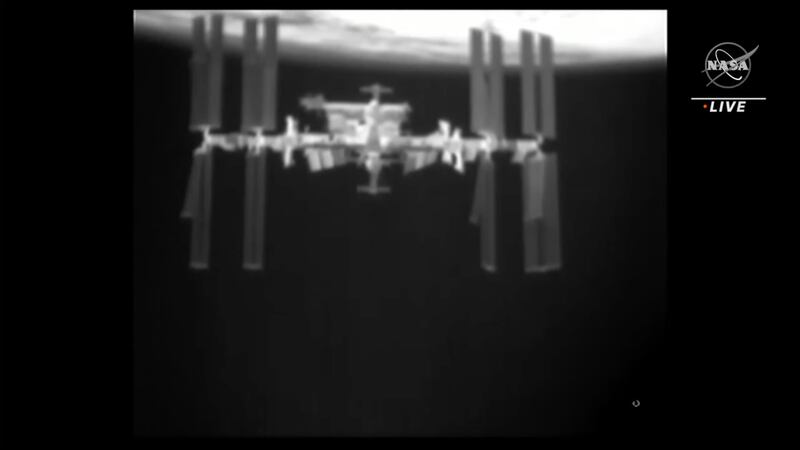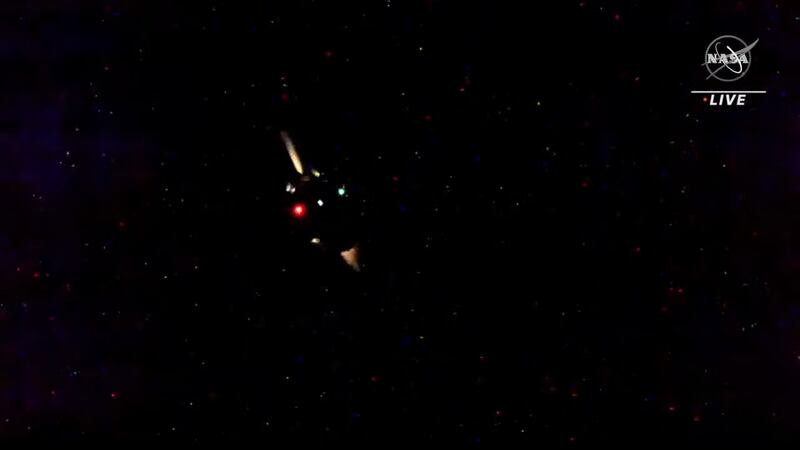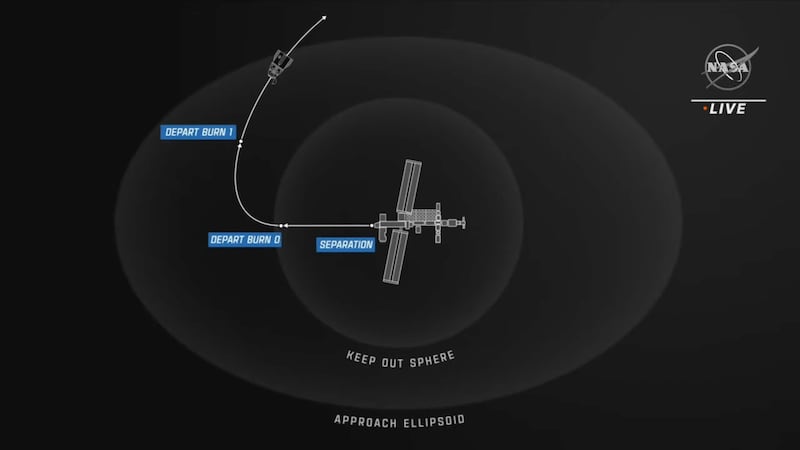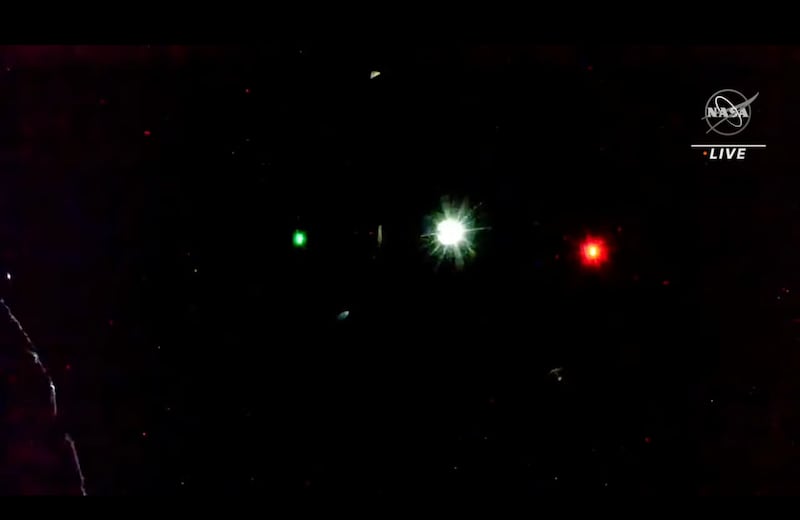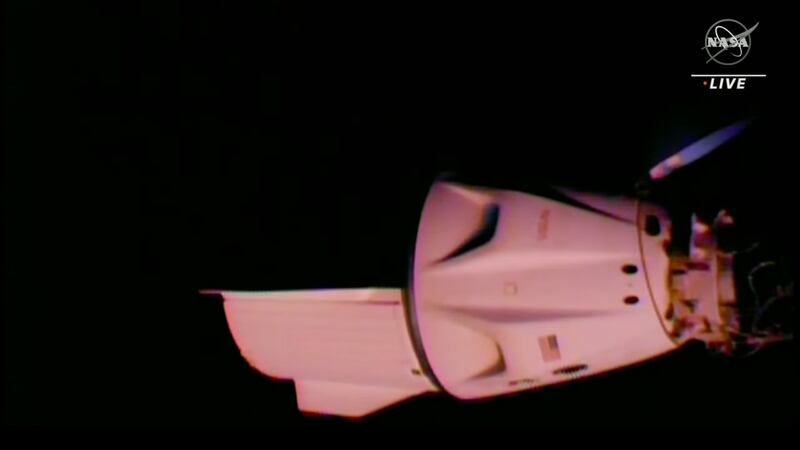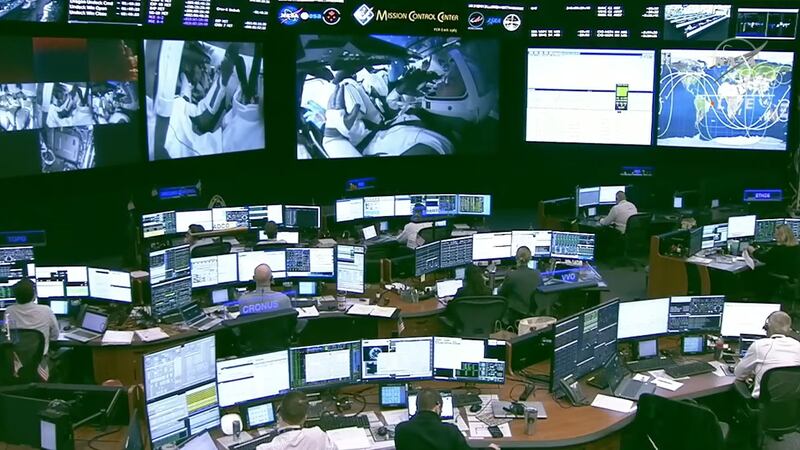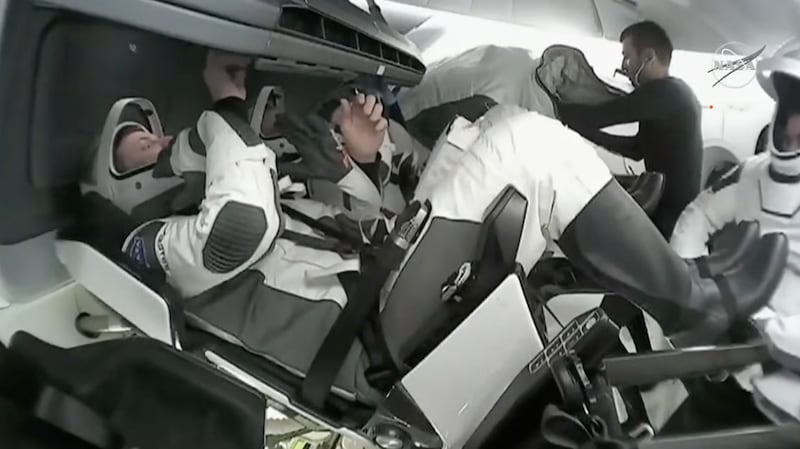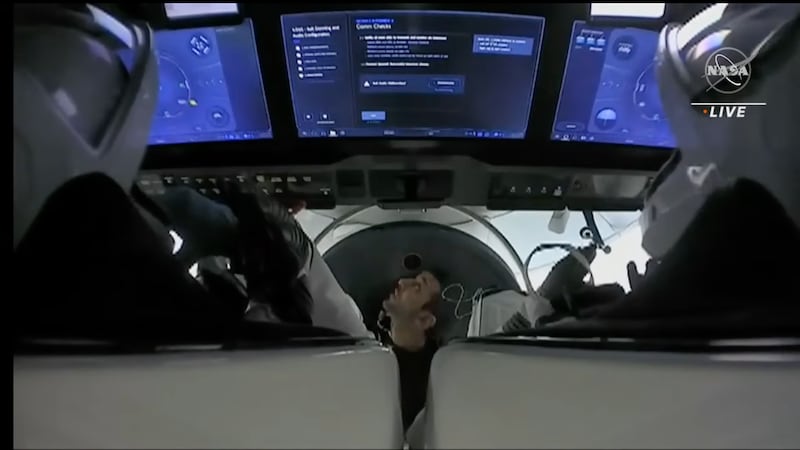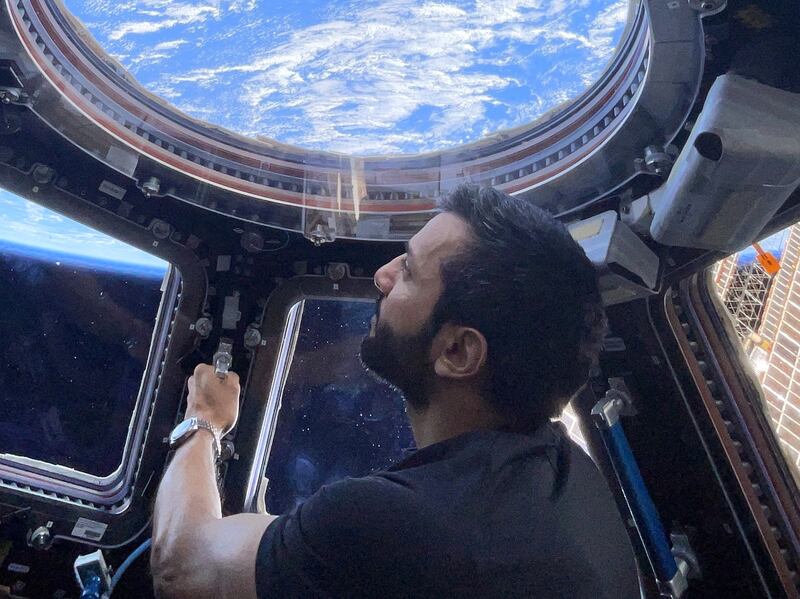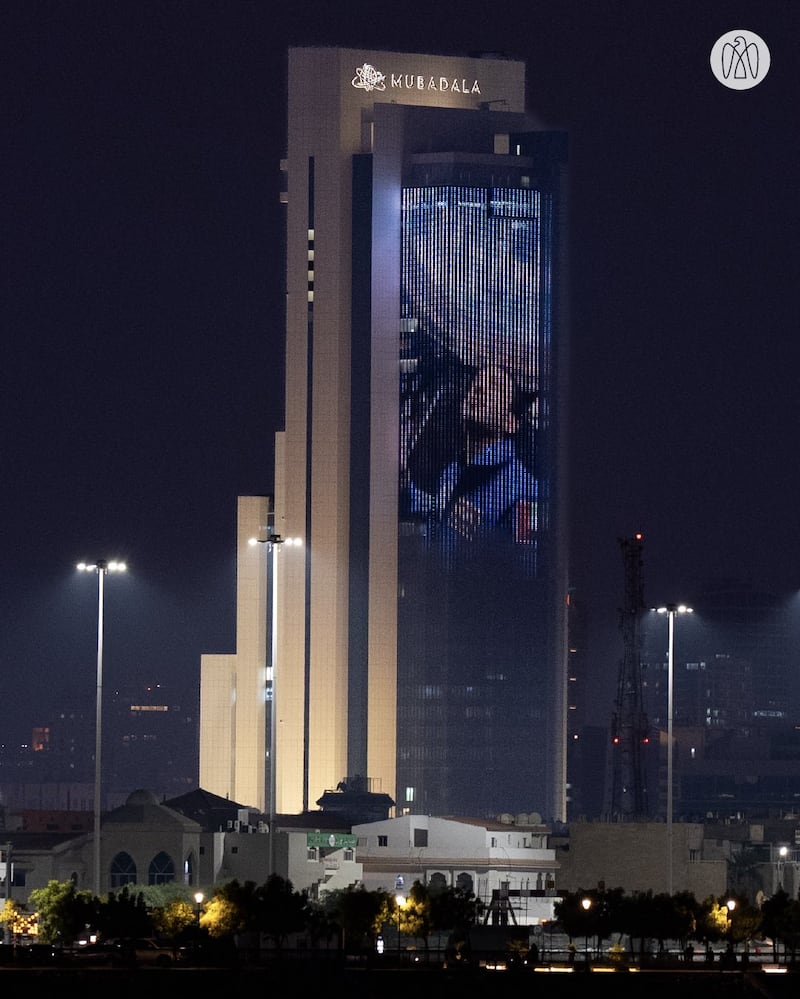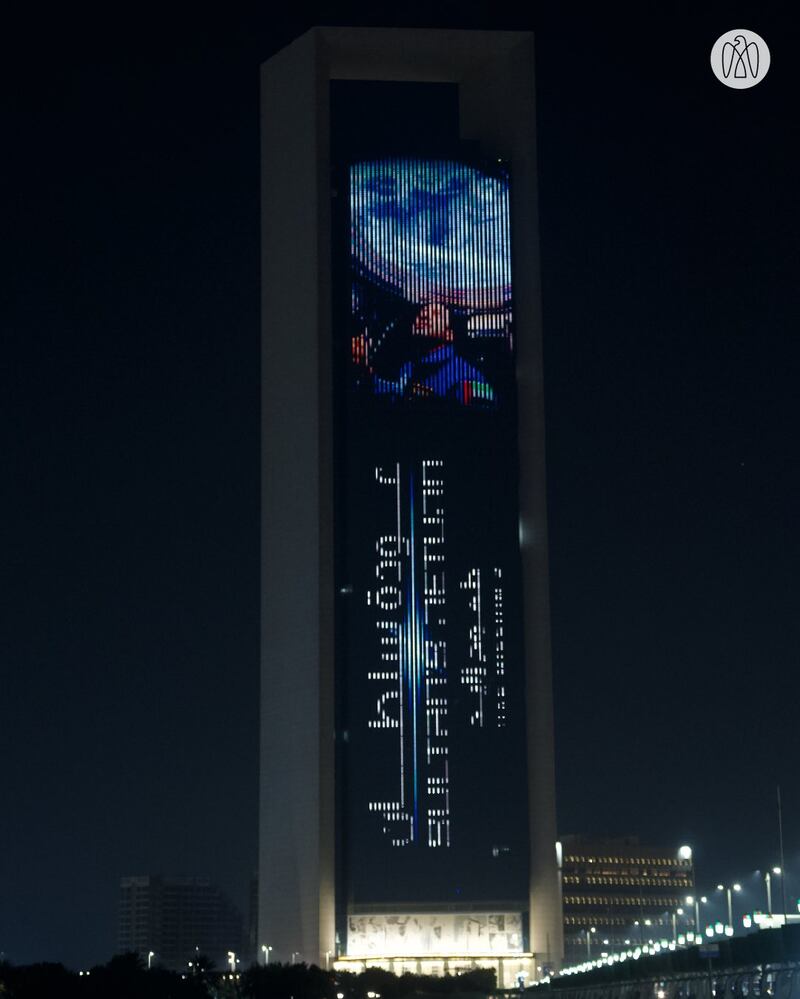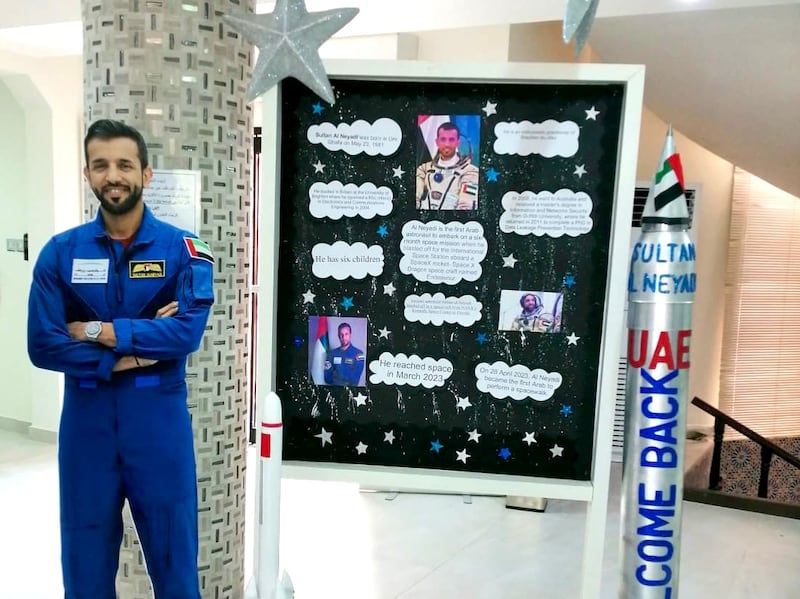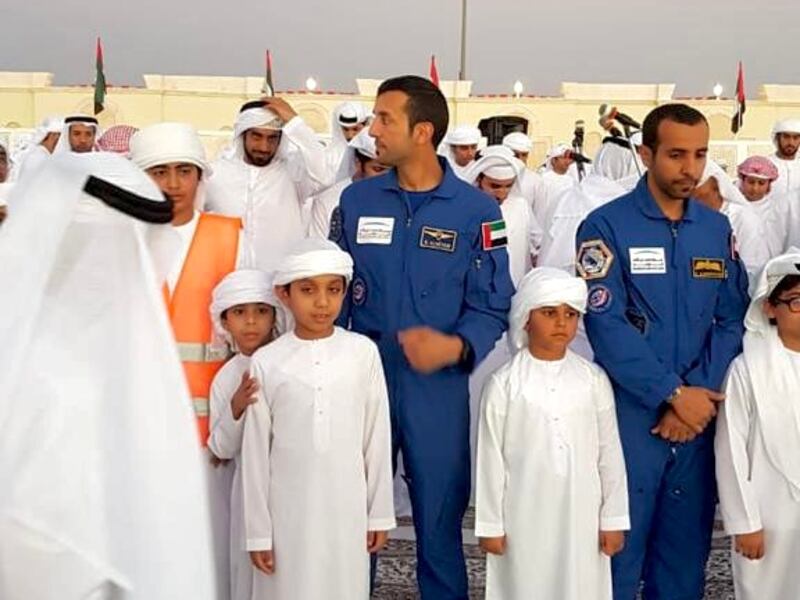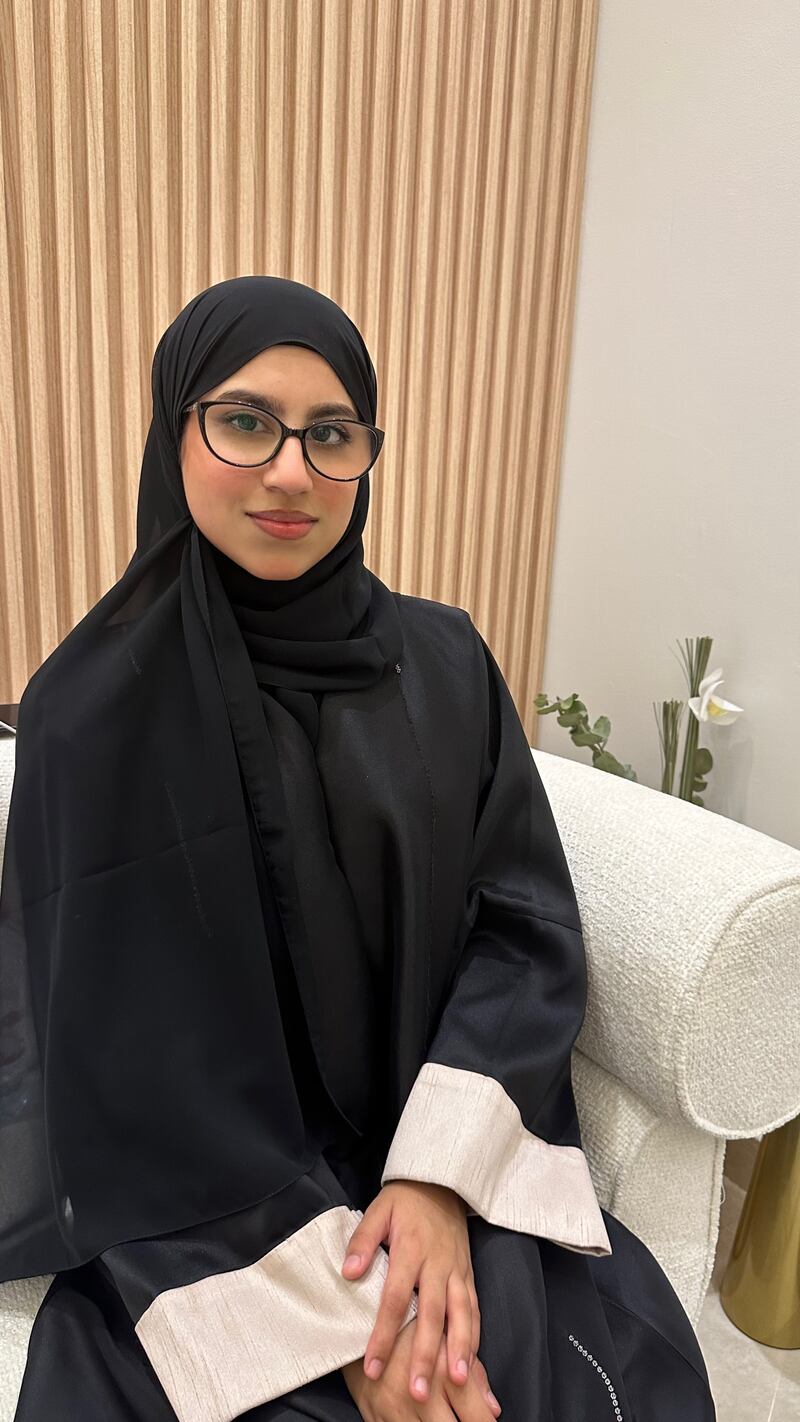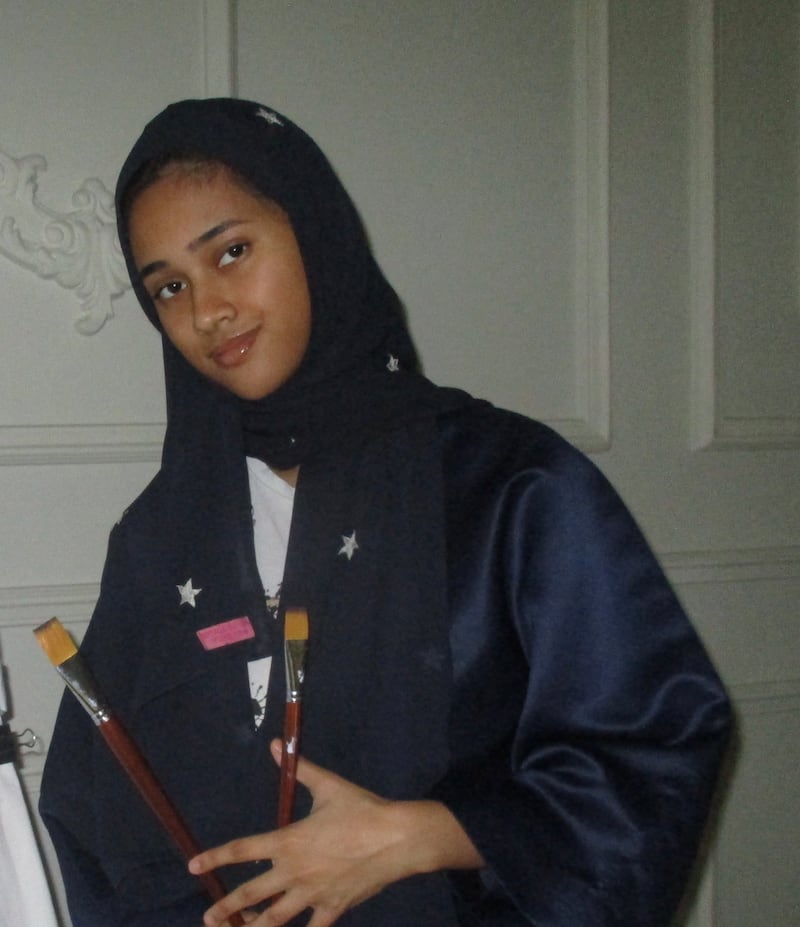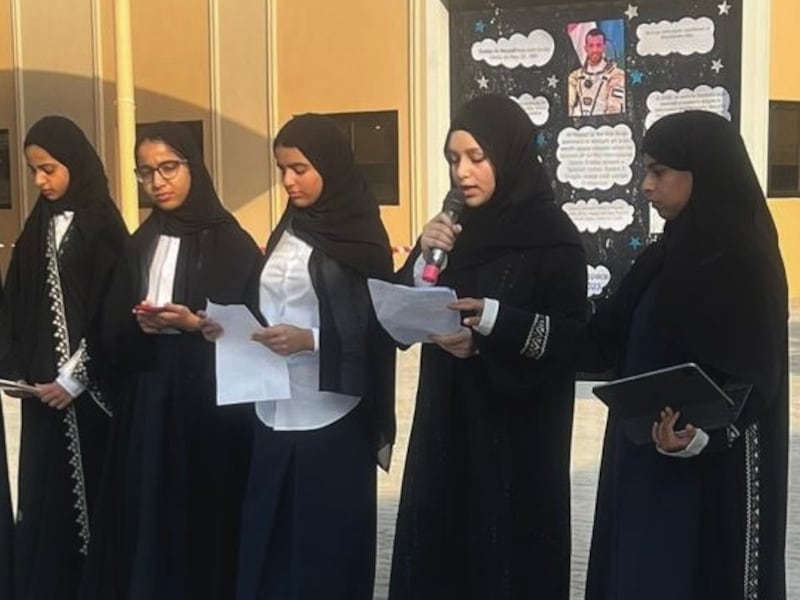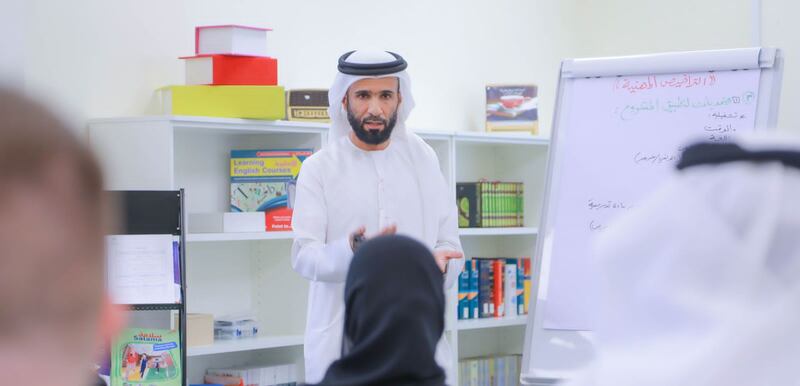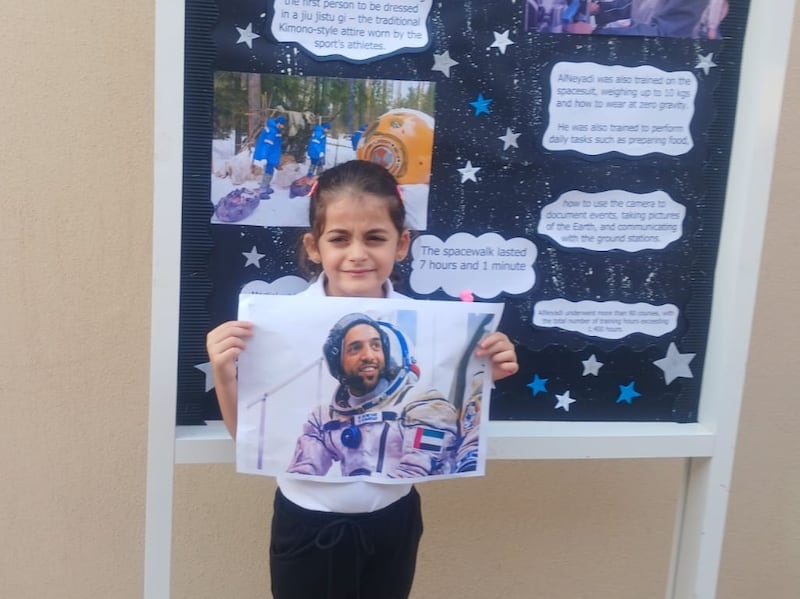As it happened: SpaceX Crew-6 land safely on Earth
UAE astronaut Sultan Al Neyadi has returned to Earth, after completing a historic six-month mission aboard the International Space Station.
A SpaceX Dragon capsule carrying him and three fellow astronauts splashed down in the Atlantic, off the coast of Jacksonville, Florida, at 8.17am, UAE time, on Monday.
This was the UAE’s second human space flight and the Arab world’s first extended mission – as well as the first time an Arab astronaut performed a spacewalk.
“Welcome home! Crew-6 splashed down safely in the SpaceX Dragon Endeavour in the Atlantic Ocean off the coast of Jacksonville, Florida, at 12:17am ET after 186 days aboard the ISS, completing important research,” Nasa posted on X, formerly Twitter.
President Sheikh Mohamed congratulated UAE astronaut Dr Sultan Al Neyadi on his return to Earth.
“Sultan Al Neyadi, the people of the UAE are immensely proud of you and the entire team for achieving major advances in space exploration,” Sheikh Mohamed wrote on X, formerly Twitter.
“You carried the dreams of a nation to new frontiers, and we celebrate your pioneering journey and safe return,” said Sheikh Mohamed.
Sheikh Mohammed bin Rashid, Vice President and Ruler of Dubai, said that Dr Al Neyadi's achievements have inspired millions of Arab youth.
“We congratulate the people of the Emirates and all Arab youth on the safe return of Sultan Al Neyadi to planet Earth – the first Arab astronaut on a long mission to the International Space Station,” he wrote.
SpaceX splashdown
Moment UAE's Sultan Al Neyadi splashes down in the Atlantic
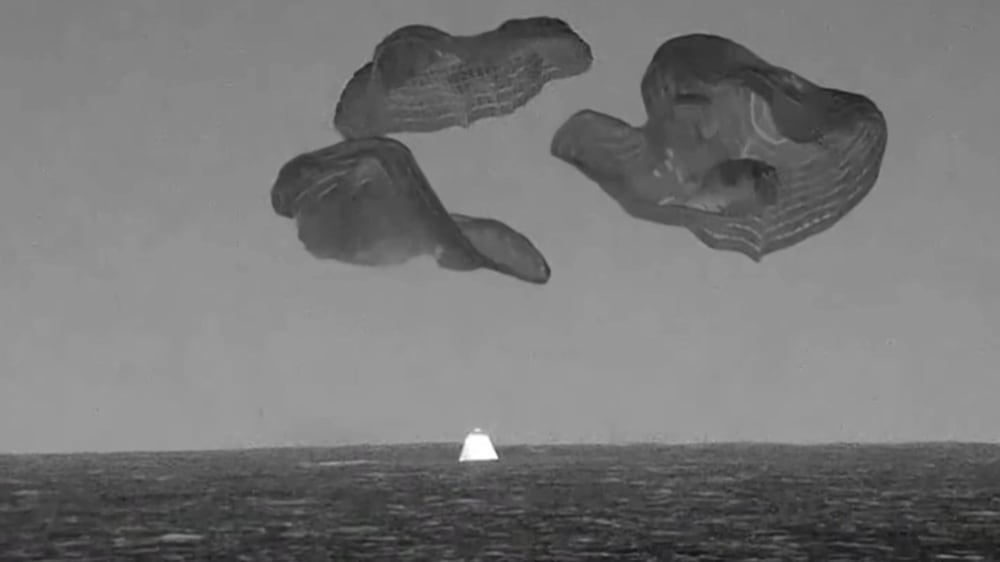
A SpaceX crew arrived at the splashdown site on a boat to ensure the capsule was not leaking any toxic gases, before they could transport it to a recovery ship.
Once the craft was tightly secured on to the SpaceX recovery vessel, engineers then unbolted the hatch so the astronauts can exit.
Dr Al Neyadi and his colleagues were carried out of the capsule and were placed in a gurney-type transport.
Dr Al Neyadi was seen smiling and waving to the camera after leaving the capsule.
Astronauts who spend long periods of time in space often cannot walk straight away after returning, as their bodies get used to gravity again.
The recovery could take up to two hours.
Time in space
Dr Al Neyadi carried out more than 200 science experiments aboard the orbiting outpost, including ones assigned by Nasa and ones by universities across the UAE.
He also spent much of his time documenting Earth from above, particularly Arab countries in the Middle East and North Africa region.
Pupils across the UAE spoke with him through live calls, as part of the A Call from Space outreach initiative by the Mohammed bin Rashid Space Centre – the organisation that oversees the country’s astronaut programme.
Mission not yet over
Al though Dr Al Neyadi is back from space, his mission is not yet over, as he must work with researchers to complete the science investigations in which he took part in.
He will report back to them on the work that he did, as well as participate in medical tests that measure the impact microgravity may have had on his mental and physical health.
Dr Al Neyadi will also be participating in a mandatory recovery programme that would help him get used to gravity again.
Spending long periods of time in space can cause bone density and muscle loss, so they are required to exercise at least two hours daily while in orbit.
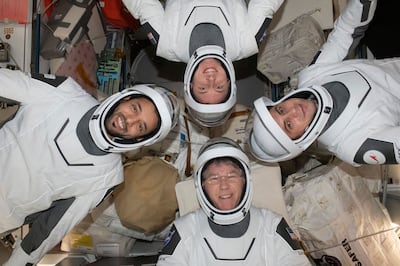
Hanan Al Suwaidi, an Emirati physician who looks after Dr Al Neyadi's health, said that the astronaut will undergo the same recovery programme in Houston, Texas, that all Nasa astronauts go through after long-duration missions.
“Overall, Sultan's health has been maintained through the prescribed protocols in terms of an exercise regimen and nutritional requirements during his mission in the past six months,” Dr Al Suwaidi said during a virtual media briefing on Sunday.
“He was maintaining this very well and we had no concerns during the whole mission.
“When the crew will come back, they will have known few symptoms like some nausea, some challenges in adapting to gravity, but this is usually overcome quickly in the first few hours.”
When is the next UAE human space flight?
The UAE has four members in its astronaut corps, which also includes Hazza Al Mansouri, the first Emirati in space, Nora Al Matrooshi and Mohammed Al Mulla.
Officials at the space centre have previously said that they are looking to send astronauts to space every two to three years.
Ms Al Matrooshi, the first Emirati woman to be selected as an astronaut, and Mr Al Mulla are currently training at Nasa's Johnson Space Centre in Houston.
They will become eligible for Nasa-led missions once they graduate.
The UAE has also set its sights on the Moon and hopes to send astronauts there in future.
